Realidad Aumentada y Educación Inclusiva: Nuevas Perspectivas para el Aprendizaje Personalizado en el Aula
Resumen
El artículo titulado "Realidad Aumentada y Educación Inclusiva: Un Análisis Comparativo". "Nuevas Perspectivas para el Aprendizaje Personalizado en el Aula" examina la manera en que la tecnología de la Realidad Aumentada (RA) puede desempeñar un papel fundamental en la configuración de un ambiente educativo inclusivo y de accesibilidad. La integración de la Realidad Aumentada en el contexto educativo posibilita la adaptación del proceso de aprendizaje a las diversas demandas estudiantiles, promoviendo un enfoque más equitativo y dinámico. La Realidad Aumentada, a través de la integración de elementos virtuales con el entorno físico, ofrece a los alumnos la habilidad de interactuar con contenidos educativos de manera más inmersiva, adaptando la experiencia en función de sus características individuales. El estudio se centra en las ventajas de la Realidad Aumentada para estudiantes con discapacidades, dado que esta tecnología facilita la alteración de la representación de los contenidos, adaptándolos a diversos estilos de aprendizaje. Por ejemplo, los alumnos que enfrentan desafíos en la lectura pueden obtener ventajas de las representaciones visuales de los textos, mientras que aquellos con discapacidades motoras pueden interactuar con los contenidos de manera más accesible. Además, la Realidad Aumentada fomenta la participación activa y el compromiso de los estudiantes, ya que fomenta un aprendizaje práctico y visual, lo que potencia la comprensión y la retención de la información. El artículo también examina los obstáculos asociados con la puesta en práctica de la Realidad Aumentada en los contextos educativos, abarcando la insuficiencia en la formación docente en el manejo de dichas tecnologías y la disparidad en el acceso a recursos tecnológicos entre las instituciones educativas. Pese a estos obstáculos, se enfatiza la capacidad transformadora de la Realidad Aumentada, no solo en lo que respecta a la accesibilidad, sino también en la generación de un entorno de aprendizaje más inclusivo y estimulante. La investigación concluye que la Realidad Aumentada, cuando se aplica adecuadamente, puede constituir un instrumento potente para fomentar la educación inclusiva, potenciando la participación y el desempeño académico de todos los alumnos, sin distinción de sus habilidades.
Descargas
Citas
Alkhateeb, F., Tawalbeh, L., & Al-Ani, A. (2019). The effectiveness of augmented reality in enhancing learning and engagement: A review. International Journal of Emerging Tech-nologies in Learning (iJET), 14(4), 112-122. https://doi.org/10.3991/ijet.v14i04.9761
Anderson, C. A., Shibuya, A., & O’Brien, L. (2017). Interactive technologies for learning and engagement. Journal of Educational Technology, 48(3), 154-167.
https://doi.org/10.1016/j.jedu.2017.05.004
Bacca, J., Baldiris, S., Graf, S., & Earp, J. (2014). Augmented reality trends in education: A sys-tematic review of research and applications. Educational Technology & Society, 17(4), 76-88. https://doi.org/10.1109/ARTEDU.2014.00015
Basham, J. D., & Marino, M. T. (2019). Universal Design for Learning: A framework for ad-dressing individual differences in the classroom. Journal of Special Education Technol-ogy, 34(4), 220-228. https://doi.org/10.1177/0162643419861775
Bernal Parraga , A. P., Salinas Rivera, I. K., Allauca Melena, M. V., Vargas Solis Gisenia, G. A., Zambrano Lamilla, L. M., Palacios Cedeño, G. E., & Mena Moya, V. M. (2024). Inte-gración de Tecnologías Digitales en la Enseñanza de Lengua y Litera-tura: Impacto en la Comprensión Lectora y la Creatividad en Educación Básica. Ciencia Latina Revista Ci-entífica Multidisciplinar, 8(4), 9683-9701. https://doi.org/10.37811/cl_rcm.v8i4.13117
Bernal Parraga, A. P., Toapanta Guanoquiza, M. J., Sandra Veronica, L. P., Borja Ulloa, C. R., Esteves Macias, J. C., Dias Mena, B. V., & Orozco Maldonado, M. E. (2024). Desarrollo de Habilidades Sociales y Emocionales a través de Proyectos Colaborativos en Educa-ción Inicial: Estrategias Inclusivas para Estudian-tes con Necesidades Educativas Espe-ciales. Ciencia Latina Revista Científica Multidisciplinar, 8(4), 10134-10154. https://doi.org/10.37811/cl_rcm.v8i4.13156
Bower, M., Howe, C., McCredie, N., Robinson, A., & Grover, D. (2017). Augmented reality in education–cases, places, and potentials. Educational Media International, 54(1), 1-15.
https://doi.org/10.1080/09523987.2017.1304436
Cheng, K. H., & Tsai, C. C. (2019). The effects of technology-enhanced learning on students' motivation and academic achievement in science education: A meta-analysis. Journal of Educational Computing Research, 57(5), 1235-1260. https://doi.org/10.1177/0735633118791894
Creswell, J. W., & Plano Clark, V. L. (2018). Designing and conducting mixed methods re-search (3rd ed.). SAGE Publications.
Cummings, C., et al. (2018). The effects of augmented reality on student engagement in primary education. Educational Technology Research and Development, 66(1), 209-223.
https://doi.org/10.1007/s11423-017-9557-6
Cummings, C., et al. (2020). The effectiveness of augmented reality in the classroom. Journal of Educational Psychology, 112(3), 494-509. https://doi.org/10.1037/edu0000367
Dunleavy, M., & Dede, C. (2014). Augmented reality teaching and learning. Educational Tech-nology Research and Development, 62(2), 371-393. https://doi.org/10.1007/s11423-014-9345-2
Dunnser, A., Grasset, R., & Jürgens, M. (2012). Augmented reality for learning: A review of the literature. Journal of Educational Multimedia and Hypermedia, 21(3), 321-346.
Feltham, L., Collins, J., & Medlin, L. (2020). Barriers to the adoption of technology in educa-tion: Perspectives from the field. Computers & Education, 150, 103837.
https://doi.org/10.1016/j.compedu.2020.103837
Florian, L. (2017). The concept of inclusive pedagogy. International Journal of Inclusive Educa-tion, 21(2), 113-130. https://doi.org/10.1080/13603116.2016.1181670
Garnett, M. R., Marquart, T., & Williams, J. (2015). Enhancing education through the use of augmented reality. Journal of Educational Technology & Society, 18(4), 25-38.
https://doi.org/10.1145/2706784.2706794
González, L., & Sánchez, E. (2021). Challenges in implementing digital tools for inclusive edu-cation. International Journal of Inclusive Education, 25(6), 1089-1103.
https://doi.org/10.1080/13603116.2021.1890989
González, L., & Sánchez, E. (2021). Technological tools for personalized education: Platforms in mathematics learning. International Journal of Educational Technology, 14(1), 40-55.
https://doi.org/10.1027/1945-1302/a10140
Graham, L., Smith, L., & Harris, A. (2018). The role of immersive technologies in education: A focus on augmented reality. Technology in Education Journal, 35(6), 542-556.
https://doi.org/10.1145/3200179.3200180
Harris, S., Parsons, D., & Lumsden, J. (2020). The use of augmented reality for learning in the classroom: A systematic review. Educational Technology Research and Development, 68, 963-983. https://doi.org/10.1007/s11423-020-09775-2
Hattie, J. (2020). Visible learning: A synthesis of over 800 meta-analyses relating to achieve-ment. Routledge
Haug, P., & Wiemeyer, J. (2020). Digital transformation in education: Understanding the role of augmented reality. Journal of Educational Research, 29(3), 302-317.
https://doi.org/10.1080/01443398.2020.1769985
Höller, J., Gentsch, M., & Pfeiffer, C. (2020). A meta-analysis of the effectiveness of augment-ed reality on education. Journal of Educational Psychology, 112(3), 494-509.
https://doi.org/10.1037/edu0000367
Kern, D. (2021). Exploring the use of augmented reality in education. TechTrends, 65(1), 88-95.
https://doi.org/10.1007/s11528-020-00539-4
Martin-Gutierrez, J., et al. (2017). Augmented reality for education: A new paradigm for learn-ing. The International Journal of Interactive Mobile Technologies (iJIM), 11(4), 2-10.
Meyer, A., Rose, D. H., & Gordon, D. (2014). Universal design for learning: Theory and prac-tice. CAST Professional Publishing.
Meyer, A., Rose, D. H., & Gordon, D. (2017). Universal Design for Learning: Theory and prac-tice. CAST Professional Publishing. https://doi.org/10.1037/e510532018-001
Meyer, B., et al. (2017). Teaching with technology: Strategies and challenges in higher educa-tion. Journal of Technology in Education, 24(2), 233-245. https://doi.org/10.2307/24936791
Parong, J., & Mayer, R. E. (2018). Cognitive and affective processing of augmented reality in the classroom. Journal of Educational Psychology, 110(4), 489-504.
https://doi.org/10.1037/edu0000263
Pianta, R. C., & LaParo, K. M. (2022). Classroom Assessment Scoring System (CLASS). Paul H. Brookes Publishing.
Rose, D. H., & Meyer, A. (2019). The universal design for learning guidelines. CAST Profes-sional Publishing. https://doi.org/10.1037/e510532018-001
Ryan, R. M., & Deci, E. L. (2020). Self-determination theory: A macrotheory of human motiva-tion, development, and health. Canadian Psychology, 49(3), 182-185.
https://doi.org/10.1037/cap0000093
Santos, M., Faria, D., & Ferreira, A. (2021). The use of augmented reality in education: A sys-tematic review of the literature. Computers & Education, 169, 104179.
https://doi.org/10.1016/j.compedu.2021.104179
Schunk, D. H., & DiBenedetto, M. K. (2021). Motivation and learning strategies for college suc-cess: A focus on self-regulated learning. Pearson.
Shifrer, D. (2017). The role of inclusivity in modern educational frameworks. Journal of Educa-tional Equality, 39(2), 52-69. https://doi.org/10.1080/13603116.2016.1181670
Sullivan, A., & Kauffman, D. (2019). The role of critical thinking in modern classrooms: The role of augmented reality. International Journal of Critical Pedagogy, 7(3), 1-18.
https://doi.org/10.1017/cbo9780511805479
Sullivan, H., & Kauffman, R. (2019). Augmented reality and its effect on critical thinking and learning. Computers & Education, 135, 67-79. https://doi.org/10.1016/j.compedu.2019.02.007
Tashakkori, A., & Teddlie, C. (2010). Mixed methods in social & behavioral research. SAGE Publications.
Tomlinson, C. A. (2017). How to differentiate instruction in academically diverse classrooms (3rd ed.). ASCD.
Tushman, M. L., & O'Reilly, C. A. (2021). Organizational change and innovation: Insights from augmented reality adoption. Journal of Organizational Behavior, 42(7), 679-695.
https://doi.org/10.1002/job.2556
Zhang, X., & Fang, H. (2021). Augmented reality in education: A review of the research and applications. Journal of Educational Technology Systems, 50(3), 312-330.
https://doi.org/10.1177/0047239521993564
Zhou, Y., Zhang, X., & Lee, M. (2021). Augmented reality: Its educational potential and future prospects. Educational Research Review, 16, 114-126.
Derechos de autor 2025 Brayan Daniel Sandoval Jarro , Silvia Teresa Ramos Correa , Jonatan Adrián Hernández Centeno , Luis Marcelino Allas Chisag , Angelita Veloiz Abad Jiménez, Yulissa Fernanda Zapata Valverde , Lorgia Jaqueline Gualán Minga

Esta obra está bajo licencia internacional Creative Commons Reconocimiento 4.0.









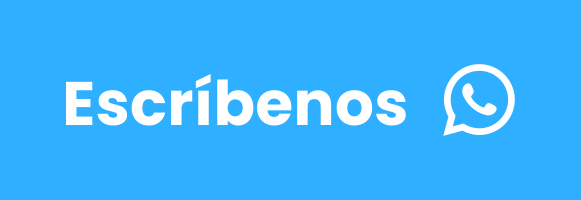

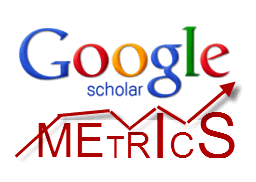
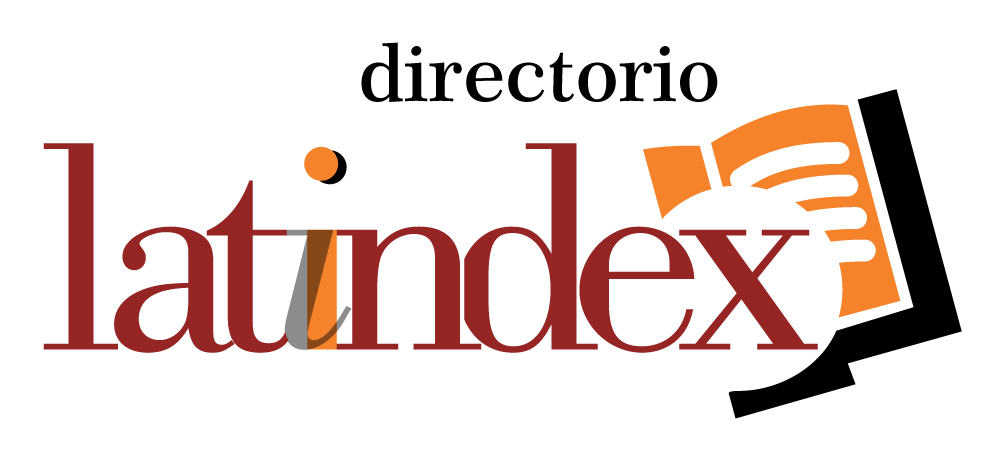
.png)
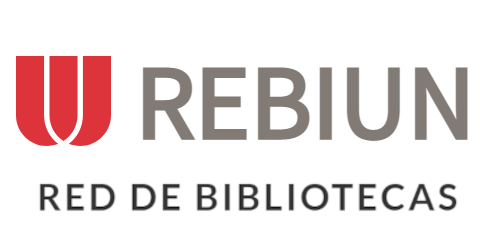







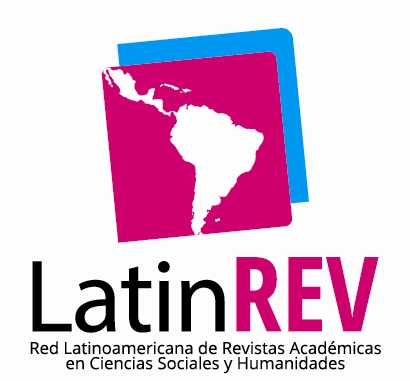

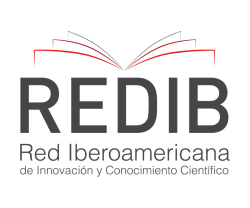




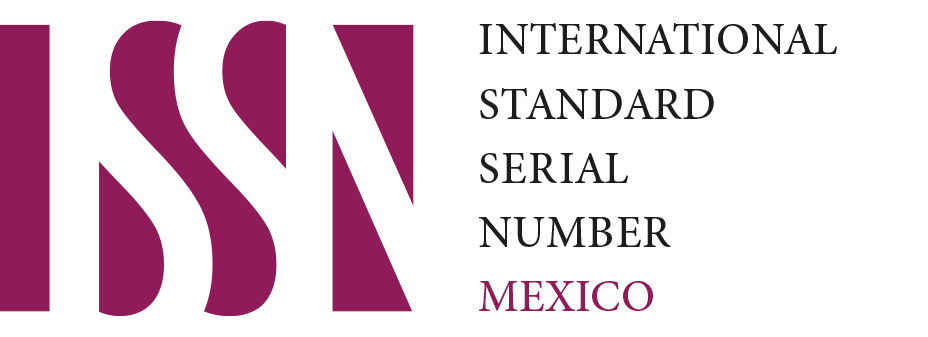




.png)
1.png)


